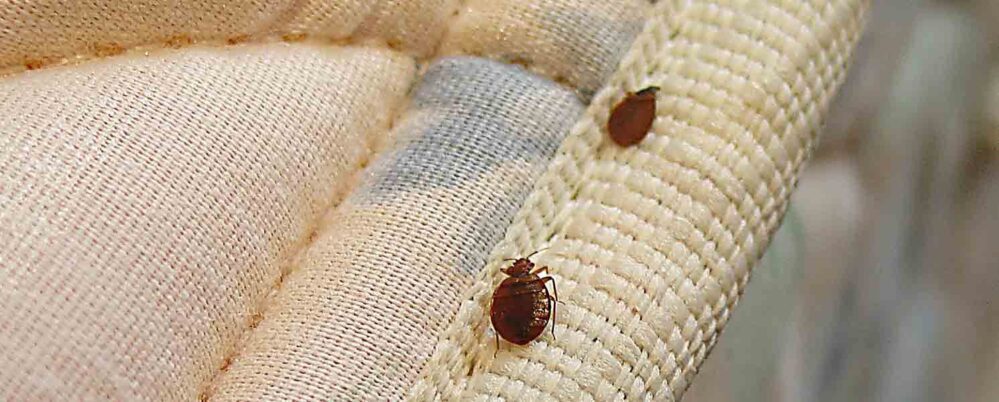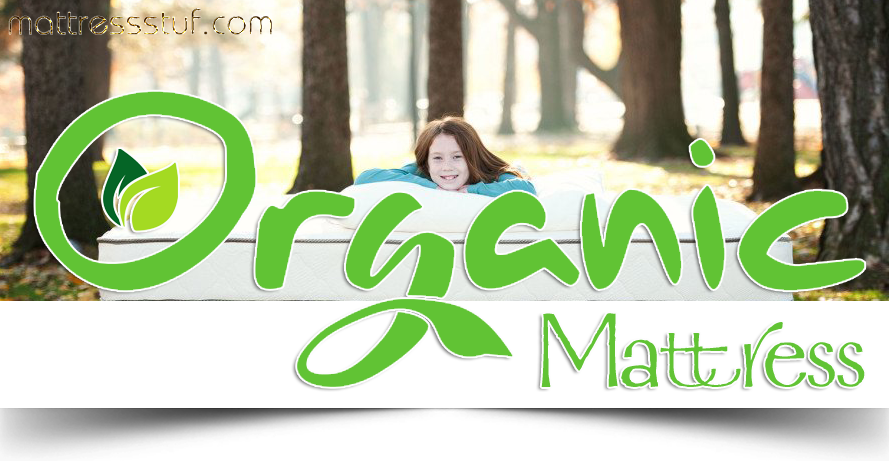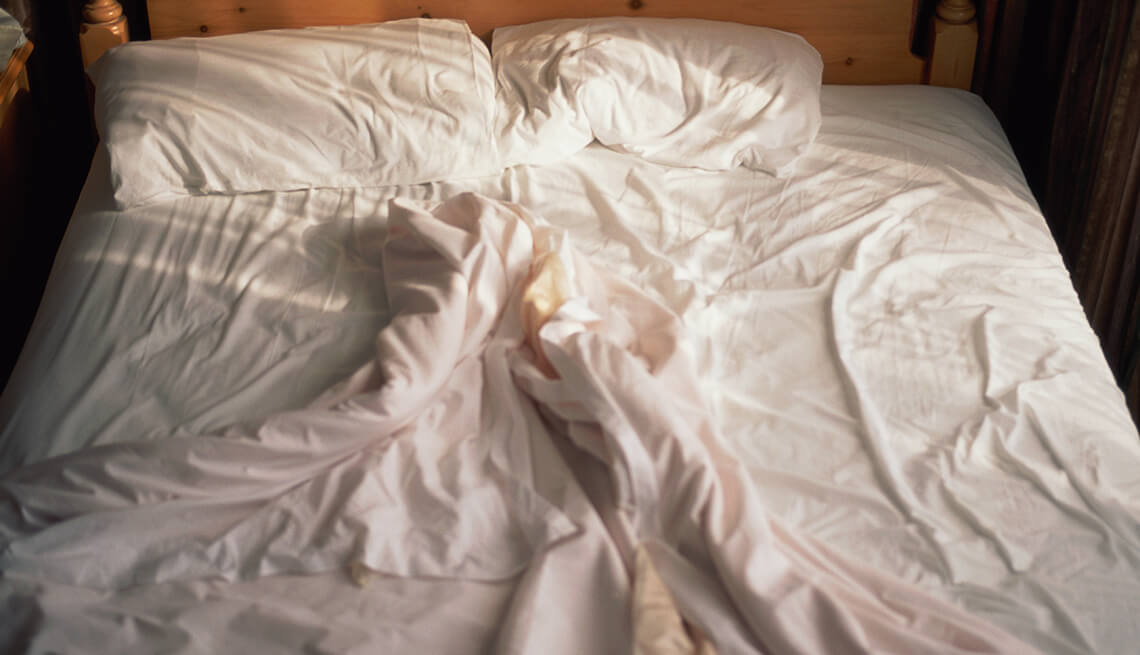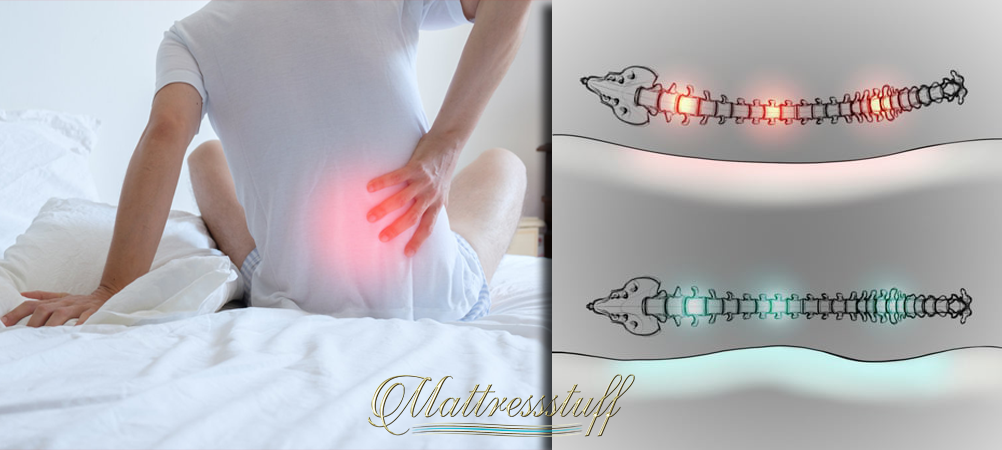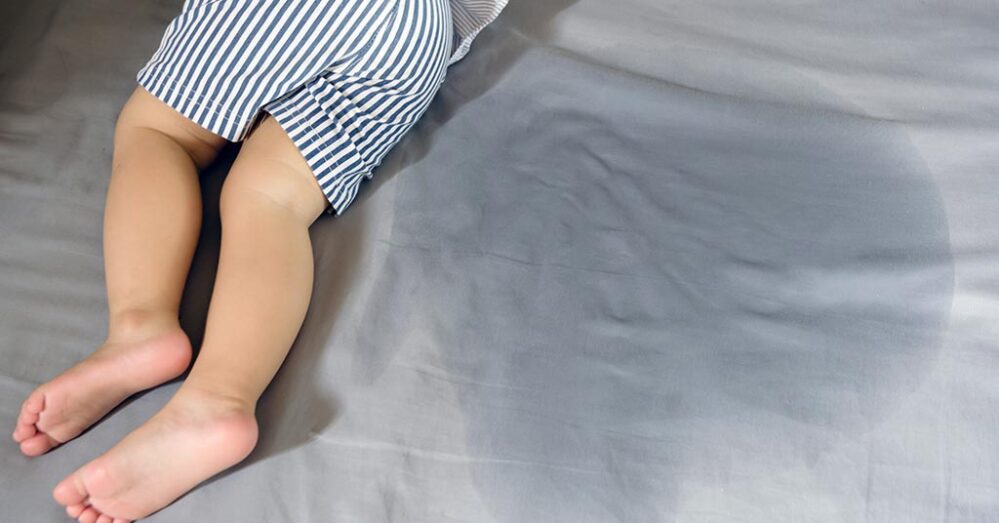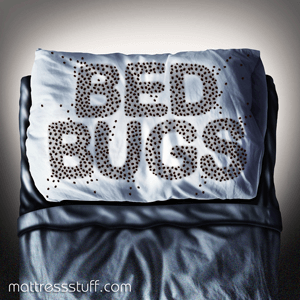
Table of Contents
Pesticides, herbicides and insecticides are not our friends. Even more so they are not our environment or our wildlife’s friends.
People underestimate the damage caused by these toxic substances, the long term results and harm they can bring to every spectrum of earthly life.
Most people are unaware of the properties of these chemicals and don’t care to find out. On the other hand, the institutions which are supposed to look after environmental and human health, to enforce restrictions and report findings to the public.
Instead these same institutions work closely with corporations, favouring profit and private interest. Further more, efforts to at least educate people on the subject of commercially sold hazardous materials are not made by these agencies.
Bans on pesticides are not effective, due to government’s tendency to include exceptions and to only phase out the “banned” substances instead of completely stopping their use plus informing the public.
This behaviour results in “banned” pesticides being stored or sold until out of stock, without any informational campaigns for consumers who will still use it unknowingly thinking it’s “completely safe” as these poisons are usually marketed.
Dr. Janette Sherman, MD, who’s been investigating certain mass used pesticides since the 80’s gives us a good perspective on chemicals used in the pest control industry with her publication “The Dangers of Chlorphyrifos (Dursban/Lorsban) Pesticides, Birth Defects and Brain Damage in Children”.
Now that we covered the perspective and importance of ditching chemicals and going all natural, we can move to action.
Why Do Most Natural Pest Control Methods Usually Fail?
People get side-tracked by the idea that pest control is somehow easy and can be done, as the commercial pest control industry suggest, just by spraying here and there. See this is the first lesson in giving natural pest control a go.
You shouldn’t approach natural pest control as you would approach commercial pest control.
This isn’t just going to be a miracle spray/product that you use like a magic wand and all of your problems disappear.
The key to acquiring control over a bad pest situation and not harming yourself or the planet, is in the multifaceted, long-term treatment.
Choosing the best, most effective, sustainable and if it’s possible – cheap – mediums which you can implement simultaneously.
All that’s left is finding the ingredients that our pre-industrialized ancestors used to keep the pests at bay.
Diatomaceous Earth (DE) Against Bed Bugs
Diatomite is made of crushed up diatom fossils from the sea bed, which are like nano-sized shards of glass with very sharp nano-edges.
What it does to insects (yes, you can use this for any insect – be it fleas or cockroaches) when they come in contact is make tiny little cuts all over their exoskeleton, which results in all of their body fluids leaking out and inevitable death.
This is the main course that should be served to the bed bugs you are about to treat. You can combine the diatomite treatment with any other all-natural bed bug remedy.
Additional perks of this magic powder include – safe for pets and it can be used to treat them for fleas as well; bugs cannot become immune to it, because it physically attacks them rather than chemically.
You can also use it against bugs in the garden, lice on someone’s head and so on.
Be careful as there are harmful varieties of D.E., it is important to get the food grade Diatomaceous Earth which is safe for humans and animals.
Food grade D.E. is also used for controlling the populations of fleas, ants and aphids, sugar ants, carpenter ants, beetles, slugs, pin worms and mites.
In addition, many people use food grade D.E. by mixing it in a drink as a home remedy for colon cleansing, parasite control, joint pain, relieving arthritis and as a form of detox.
How to Treat Bed Bugs with Diatomaceous Earth?
The very first action to take against bed bugs is gathering all linen and bedding, bagging it up and washing it at a high temperature.
Same goes for anything washable that was in contact with the infestation. You can either use a spray bottle or simply dust D.E. around the whole space, including all the little cracks and crevices where the bed bugs might be hiding.
Removing everything possible, such as carpets and electrical outlets, and moving around furniture to cover every square inch of the infested space is extremely important in order to reach every last bed bug.
You can leave it without cleaning up the D.E. for about a week or two and continue with the treatment in the mean time. A good piece of advice when using this powder is to wear a mask, because even though D.E. is harmless for humans and animals, it can irritate the lungs when inhaled.
What Else is Good for Getting Rid of Bed Bugs Without Chemicals?
You can combine the D.E. treatment (which as we established is the foundation of natural bed bug control) with numerous essential oil treatments. There are many resources in the worldwide web describing different blends of oils: tea tree and lavender oil, eucalyptus & idaho tansy, which are applied to the infested spaces.
Other options include spraying with isopropyl alcohol and steam cleaning your mattress and the affected areas. However, better change your mattress altogether if you can afford it.
In cases of massive bed bug infestations, which can actually pose a serious threat to your health, especially children’s health (bed bugs are connected with the development of asthma in young children), please contact your local pest control specialists, who can assist you in removing the pesky parasites especially as most of the London pest extermination firms already offer non-chemical treatments for bed bugs.

